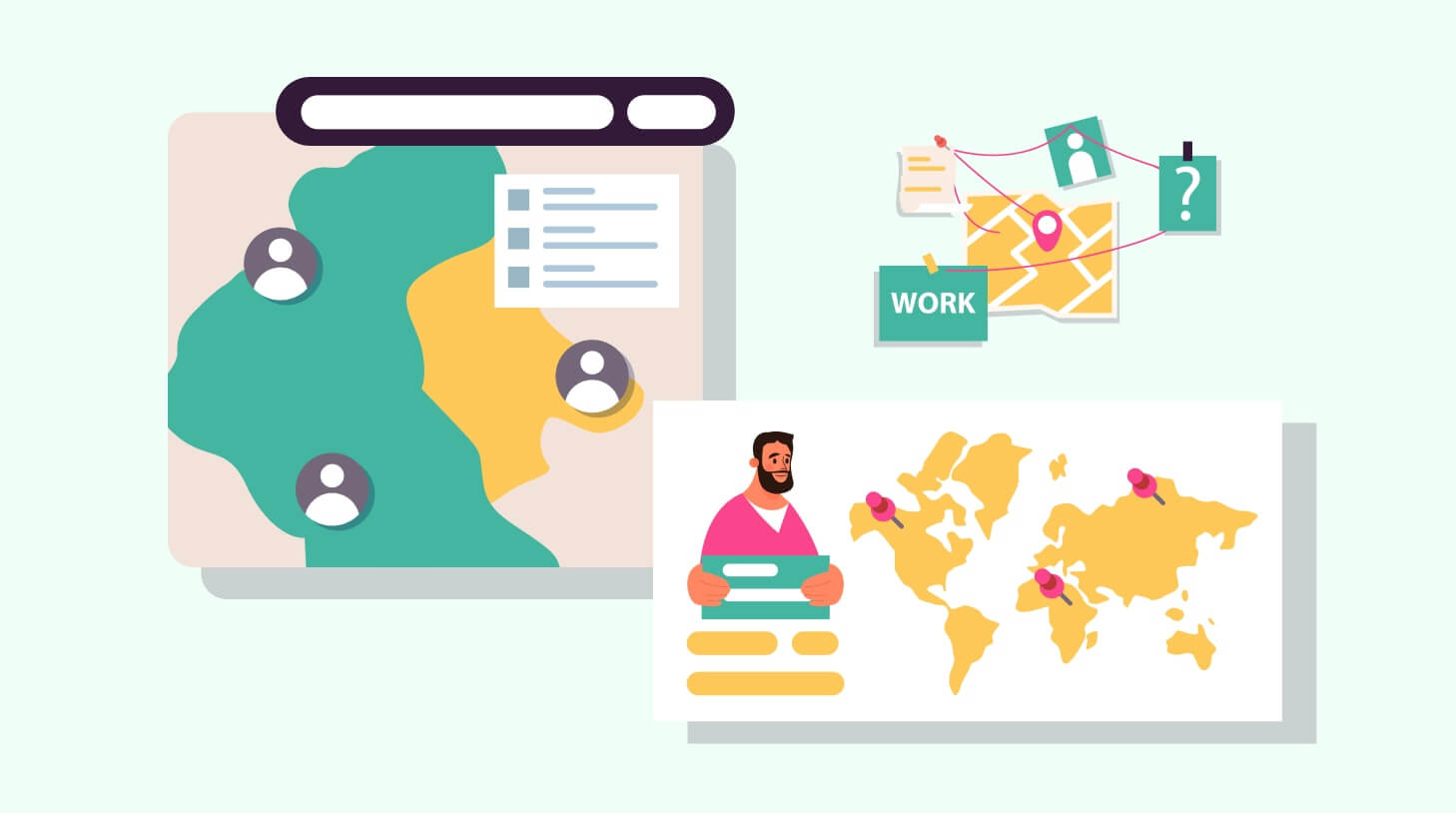When onboarding goes bad – and how to fix it
'Worst onboarding experiences' sounds like a great topic – one that would have lots of fabulous stories. So I asked my readers, expecting the responses to flood in. They didn’t.

I got: “I started a new job, and IT hadn’t set up my computer yet,” and “the new employee’s manager was out sick, and so there was no one to take him to lunch!”
Tragic examples, I’m sure, but also not the fun, shareable stories I hoped for. And I wondered why. Did all companies have smooth onboarding experiences? Has the onboarding problem been solved?
I don’t think so. Here’s what I think is going on. Employees don’t know what to expect from onboarding.
My first job was at a fast food restaurant. I’m pretty sure my onboarding experience included filling out tax paperwork that I didn’t understand and then watching a video or two on food safety. Then someone trained me how to run a cash register.
There was no attempt to integrate me into the culture. (Just as well, the management was terrible.) No one bought me lunch to welcome me to the Unnamed Fast Food Restaurant family.
I suspect a lot of onboarding sessions are similar today. Here’s your paperwork; now get to work.
Other companies have extensive onboarding programs with mentors and speakers and planned lunches and follow-ups and it is a BIG DEAL.
But a new hire has no idea what to expect with a new job. Will it be like a fast food job circa 1989, or will it be an elaborate production? And which is better? And how do we know whether an onboarding program was great or a disaster? Just because people like a free lunch isn’t the key to a positive onboarding experience.
So what’s the key, then?
What good onboarding looks like
Of course, you should have paperwork in order (and information sent to the new hires before day one), and IT should have the computer ready to go. The direct supervisors should be available to meet with the person–either face to face or via video conference if it’s a 100% remote job.
We know this.
But for the rest of onboarding, you need to remember the purpose: This is to integrate the new employee into the company and set them up to succeed.
That can vary from company to company. Honestly, all I needed to succeed in a fast-food job was the training I received. (Although I wouldn’t have said no to a free lunch.) But, if I get a new job as an HR director, that won’t do.
Ensuring a good onboarding experience needs three specific things:
Competent paperwork
If a company can’t pull this together, you might as well call it quits. The new hire will peg the “company” (whatever that means) as incompetent and see it through that lens for evermore.
A specific plan
You should not just throw people into a room and hope for the best. You need a plan for how you will help the new hires become part of the team. You need a plan for their technical training and their cultural training.
Follow up
Two days of seminars or one lunch with an assigned “mentor” is not good enough. You need to know how people adjust to their new job before you know if they have the support they need.
And you need to be able to measure success.
This is the hard part. How do you measure if your onboarding programs work? What do you look at?
Measuring your success or failure
The first is the easiest – are people filling out their paperwork correctly? Is everyone’s health insurance correct? Are you withholding the proper taxes? (Although, to be fair, the US government chose to make that form a disaster, so you deserve a pass on that.) Does everyone have the equipment they need?
If you can say yes to all this, pat yourself on the back.
And if you can also say yes to “Do you have a plan?” and “Are you following up?”, then great.
But are those things effective? That becomes a bit stickier.
1. Check your short-term turnover
First, you want to look at your short-term quits. If people leave in less than a year (assuming it’s not a business where short-term labor is the norm), that’s a sign that your onboarding fails to make the grade.
Yes, maybe it was just a bad hire. They do happen! But if you have many people leaving quickly, that’s a huge red flag. Changing jobs is a massive pain in the neck. Why are your people leaving?
2. Survey your new hires
Second, talk to people. So often, companies don’t ask employees what they think and feel about the company outside exit interviews and the occasional engagement survey, which people may or may not answer honestly.
You must make “stay” interviews an important part of an employee’s first six months. What’s working? What isn’t? Does the employee have the support they need? If not, what do you need to do to get it?
If you ask consistent questions over time you can gather the data needed to make necessary changes to your onboarding programs.
3. Talk with the new hires’ managers
Third, talk to the direct supervisors. While new employees may not feel comfortable telling you what they think about their new job, the supervisor will happily open up. A supervisor will tell you if an employee is adjusting, is engaged, and working as part of a team.
If a supervisor repeatedly has employees that don’t adjust, it’s probably a problem with either your overall onboarding program or the supervisor’s abilities. Either way, you can address the problem and fix it.
And fixing it is a key part of good onboarding. An onboarding program that worked perfectly in 2019 is unlikely to be your best bet today. Adjust, review, measure, adjust, lather, rinse, repeat.
So the true horror stories on onboarding gone wrong are slow burning stories. It takes time to see the problems and you need to watch for them. A failed new employee doesn’t always mean you hired poorly – it may mean you onboarded poorly.




